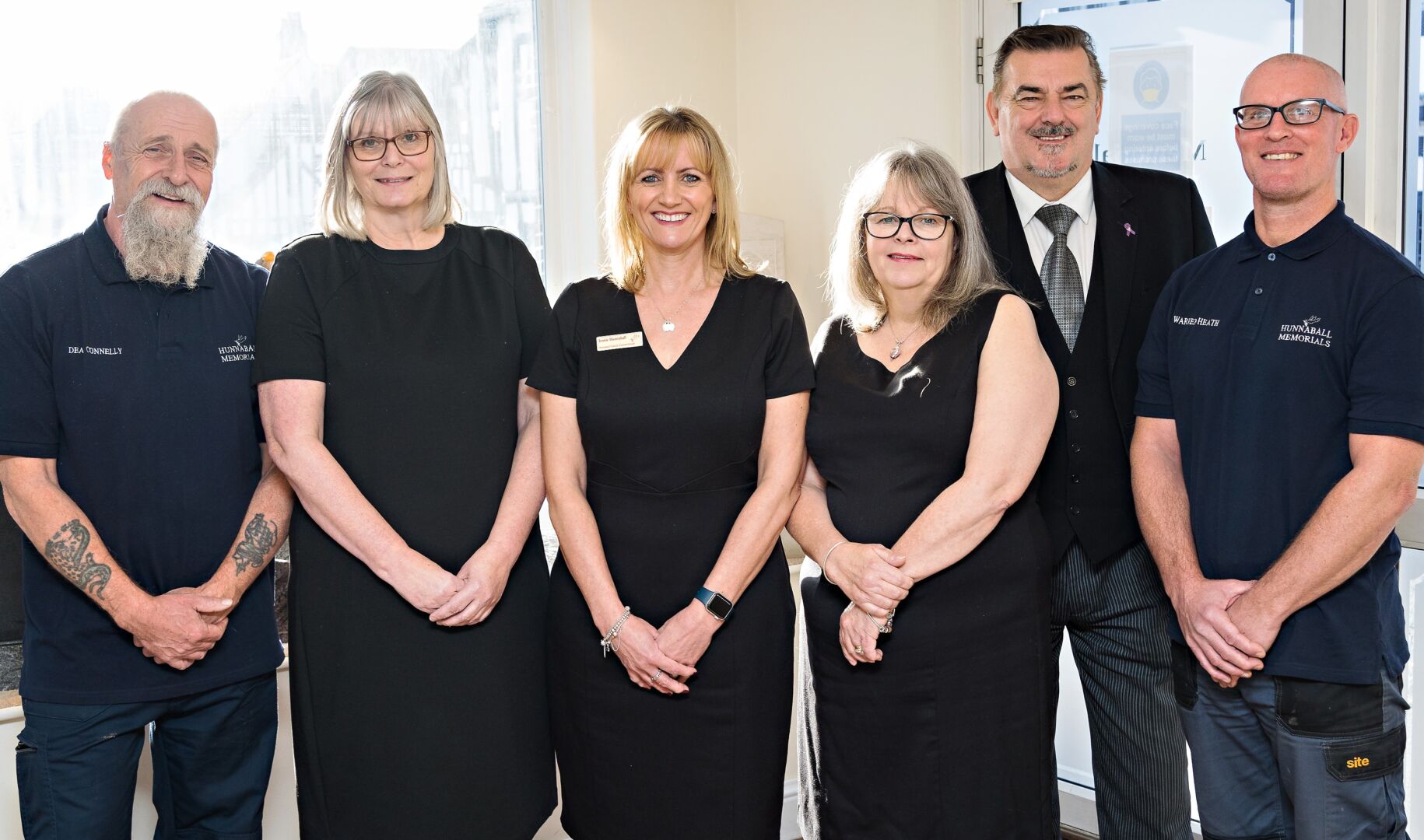Choosing a memorial
One of the most important tasks for many families is to choose a suitable memorial for a loved one. In many ways, it is like making a final, lasting gift to that person, to ensure that they are remembered. The new memorials section of our website contains lots of information about this.
However, depending where the burial takes place, there may be some regulations to bear in mind when choosing. We asked our expert, Jennie Hunnaball, who heads up our memorials team, to explain the process and what families and friends need to bear in mind. Jennie told us:
To begin with, in almost all cases, there will a time lapse of six to twelve months between the funeral and the installation of a headstone. This is because the ground needs time to settle after the burial, so that the stone doesn’t topple due to future ground movement. This can seem like a delay in moving on, but it does give you time to understand any regulations and make a fitting choice.
Churchyard memorials
Churchyards tend to be very traditional and, increasingly, have rules that we are required to follow. Although historically, quite ornate memorials may have been installed, the guidelines now require much simpler shapes and finishes, and fewer embellishments. The rules do differ from area to area and from parish to parish, but most churches in our area only allow a camber or rounded top or a straight top to the headstone. No polished or reflective finishes are allowed in churchyards, and neither are what we call kerb sets. Kerb sets, as the name suggests, have a kerb of matching stone defining the outline of the grave, in addition to the headstone. We still see older versions of these in churchyards, but new ones have not been allowed for many years.
Churchyard memorials now, therefore, tend to be noted for their elegance and simplicity. Only a simple spray of flowers or cross are allowed as decoration, but this can make for a stunningly beautiful stone. We will guide you through your choices for a churchyard and complete all the formalities of gaining church approval for your design.
Cemetery memorials
In cemeteries there is a lot more choice. Polished and part polished finishes are allowed, with a lot more choice of shapes and decorations. Kerb sets are permitted, and Illustrations can include photographs and QR codes to a memorial webpage, as well as flowers, small animals and angels, or depictions of the deceased’s passions or hobbies. For babies and children, teddy bears, stars and fairies are popular choices.
Family memorials
Many families choose to have a further burial in an established grave, reuniting family members. This is no problem for our stonemasons, who can remove the stone temporarily, add new inscriptions to include the more recently deceased and then securely reinstall it. Restoring an older headstone or kerb set can give you more possibilities than a new stone, especially in churchyard settings. Restoration and reinstallation of an older stone is permitted, while a new one of the same design would not be allowed. Our stonemasons can completely resurface an older memorial, adding further inscriptions and making it look new.
Cremation memorials
Cremation memorials, which are generally either a smaller version of a headstone, but can also be a flat tablet or a sloping ‘desk’ form, also offer a lot of choice, especially in cemeteries.
The full array of memorials can look overwhelming at first, but our memorial advisors or your funeral arranger can help you to narrow down and understand your options. They will make sure that the memorial you select is within the guidelines for your chosen location, and handle any of the administrative or approval processes that must be completed.
Even if we were not your original funeral director, or the headstone for restoration is many decades old, we are still here for you and delighted to help you.
Our memorials team are always pleased to help you.

